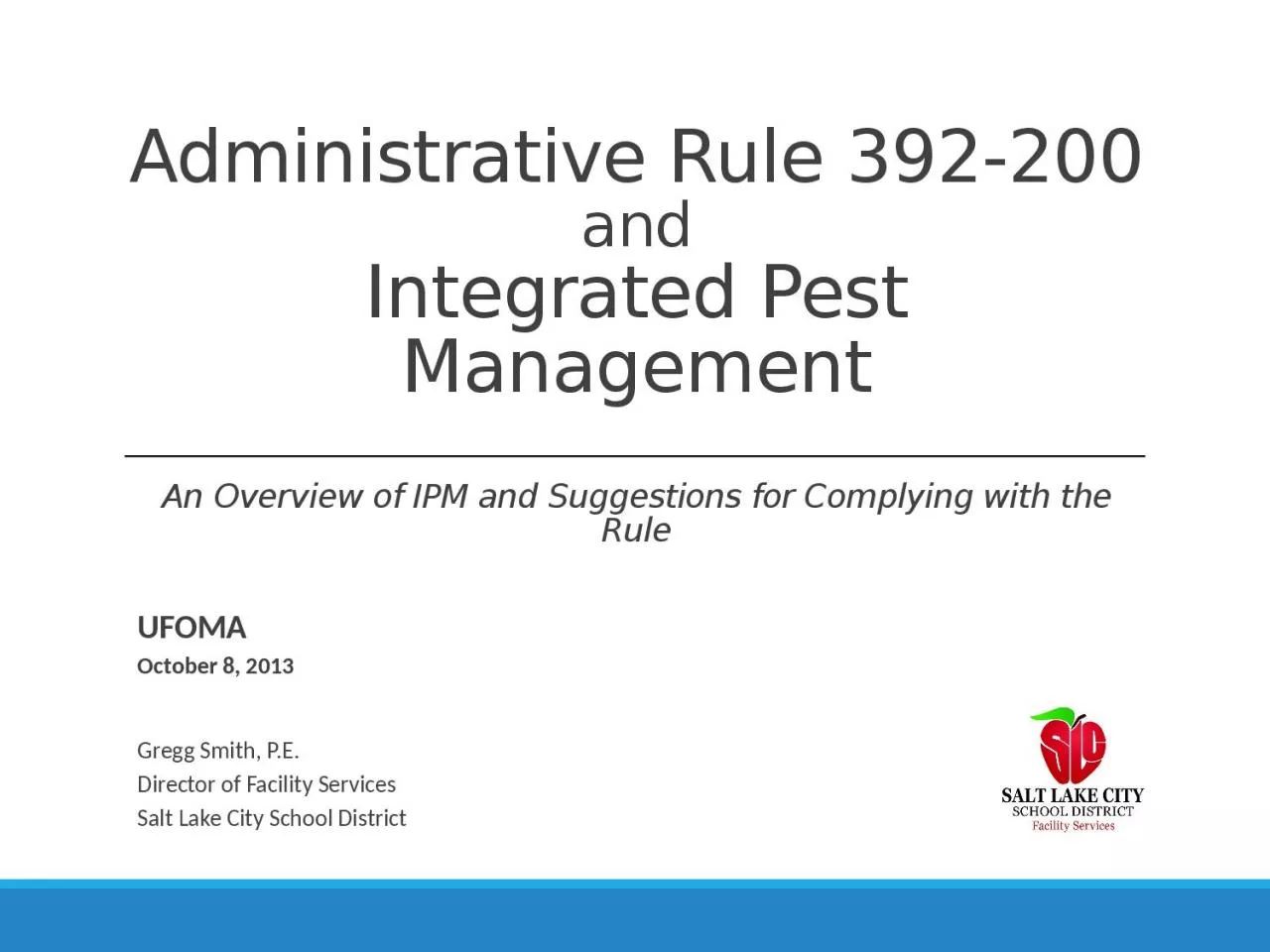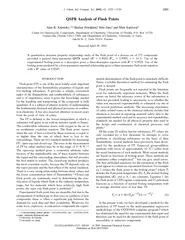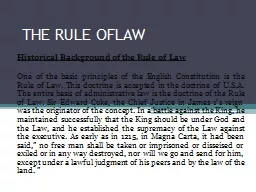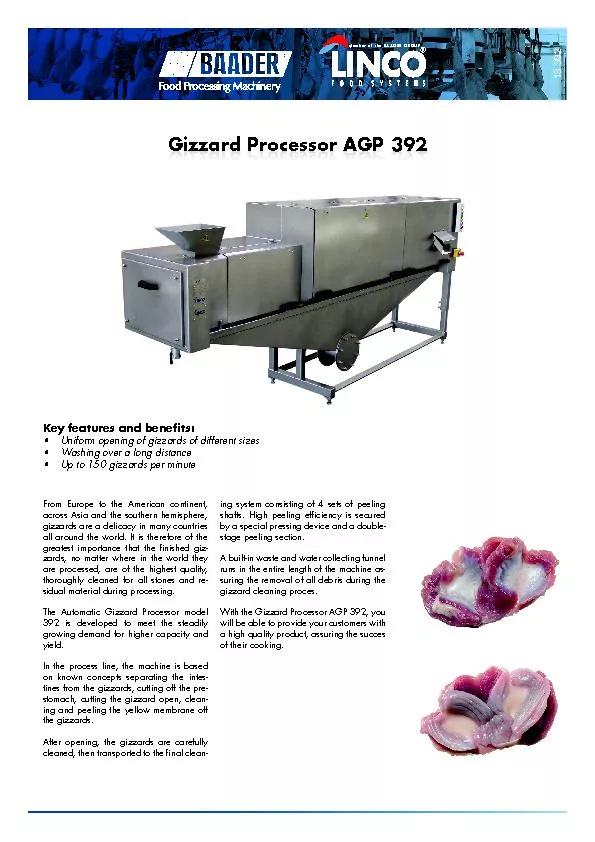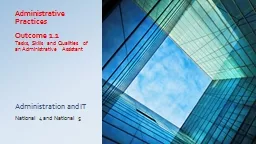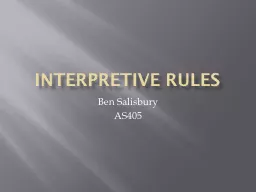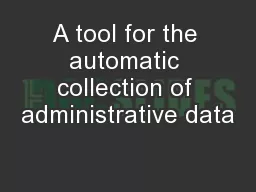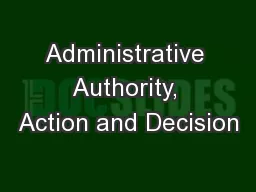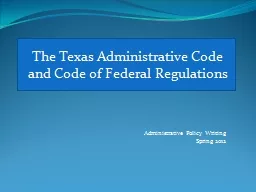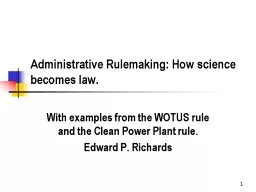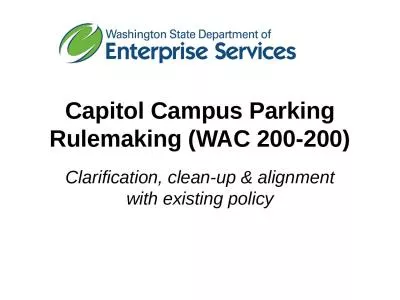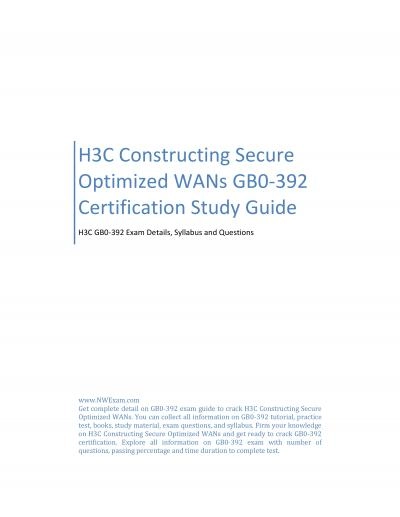PPT-Administrative Rule 392-200
Author : joanne | Published Date : 2024-02-02
and Integrated Pest Management An Overview of IPM and Suggestions for Complying with the Rule UFOMA October 8 2013 Gregg Smith PE Director of Facility Services
Presentation Embed Code
Download Presentation
Download Presentation The PPT/PDF document "Administrative Rule 392-200" is the property of its rightful owner. Permission is granted to download and print the materials on this website for personal, non-commercial use only, and to display it on your personal computer provided you do not modify the materials and that you retain all copyright notices contained in the materials. By downloading content from our website, you accept the terms of this agreement.
Administrative Rule 392-200: Transcript
Download Rules Of Document
"Administrative Rule 392-200"The content belongs to its owner. You may download and print it for personal use, without modification, and keep all copyright notices. By downloading, you agree to these terms.
Related Documents

